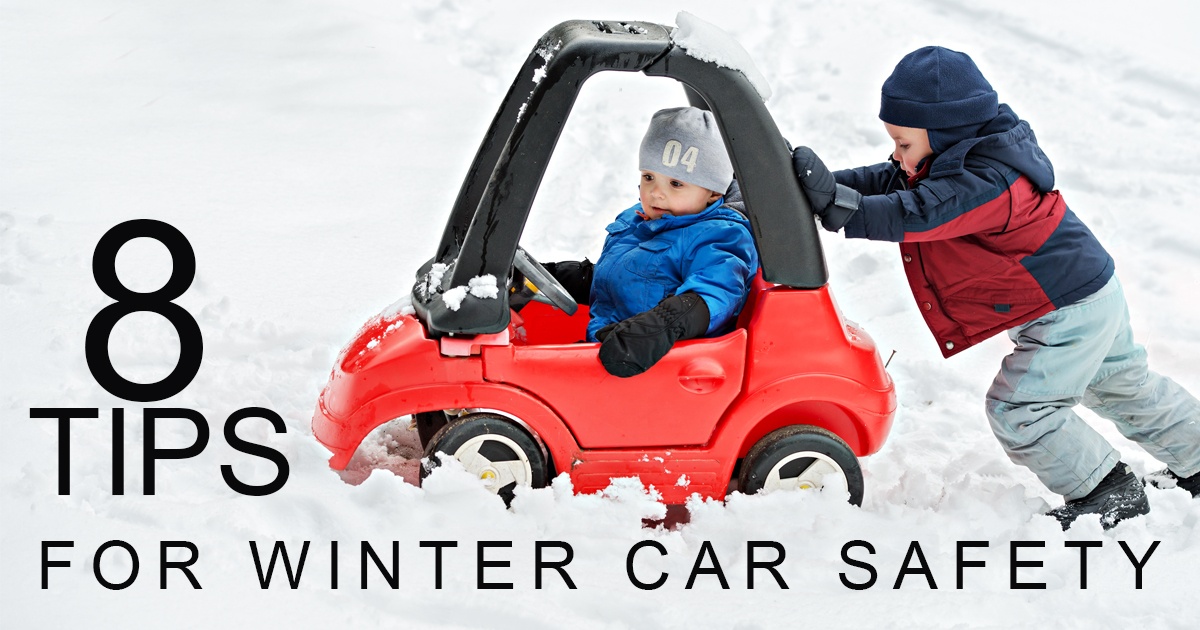
The relatively mild temperatures this fall and early winter may lull you into a false sense of security regarding the winter safety of your car. The problem is our weather here in the Mid-Atlantic changes every day as winter weather fronts stream across the country and travel southeast from Canada. Here are 8 winter car safety tips that can help you weather the next winter storm on the road.
- Battery – Cold (and hot) weather is hard on batteries, so it’s wise to check the battery and charging system for optimum performance. Because batteries don’t always give warning signs before they fail, it is advisable to replace batteries that are more than three years old.
- Antifreeze – Antifreeze (coolant) should be flushed and refilled at least every two years in most vehicles. As a reminder, do not add 100 percent antifreeze as full-strength antifreeze actually has a lower freeze point than when mixed with water. Check the antifreeze container for instructions on dilution.
- Brakes – Have the brake system checked by a trusted professional service
technician . Brakes are critical to vehicle safety and particularly important when driving on icy or snow-covered roads. - Tires – Check the tire tread depth and tire pressure, including the spare. If snow and ice are a problem in your area, consider special tires designed to grip slick roads. During winter, tire pressure should be checked weekly as tires lose pressure when temperatures drop. Check the tire pressure guidelines in your car’s User Manual or on a label in the inside edge of the driver door.
- Oil – Be diligent about changing the oil at recommended intervals and check the fuel, air and transmission filters at the same time. Consider changing to low-viscosity oil in winter, as it will flow more easily between moving parts when cold. In sub-zero driving temperatures, drop oil weight from 10-W30 to 5-W30 as thickened oil can make it hard to start the car. Check with your trusted professional service technician regarding synthetic oil for your vehicle and its performance during cold winter months.
- Lights & Wipers – Make sure all exterior and interior lights are working so you can see and be seen. Check the fluid level in the windshield washer reservoir and replace wiper blades that are torn, cracked or don’t properly clean your windshield. Antifreeze windshield washer can be helpful in keeping your windshield frost free while driving in winter weather.
- Keep Your Gas Tank Half Full – Keep your car’s gas tank at least half full at all times to minimize the chance of moisture forming in the gas lines and freezing.
- Be Prepared – In the
event you get stranded due to inclement weather, having simple survival equipment in your car can be a great help in time of emergency. Keep water, packaged dry snacks, blankets, emergency kit, flares, reflective roadside emergency triangles, jumper cables, an ice scraper and small snow shovel, and a bottle of diluted antifreeze, extra clothes, gloves, hat, boots, and a coat in your trunk so that you’re prepared should a winter weather emergency strike.
The Car Care Council contributed to the content
